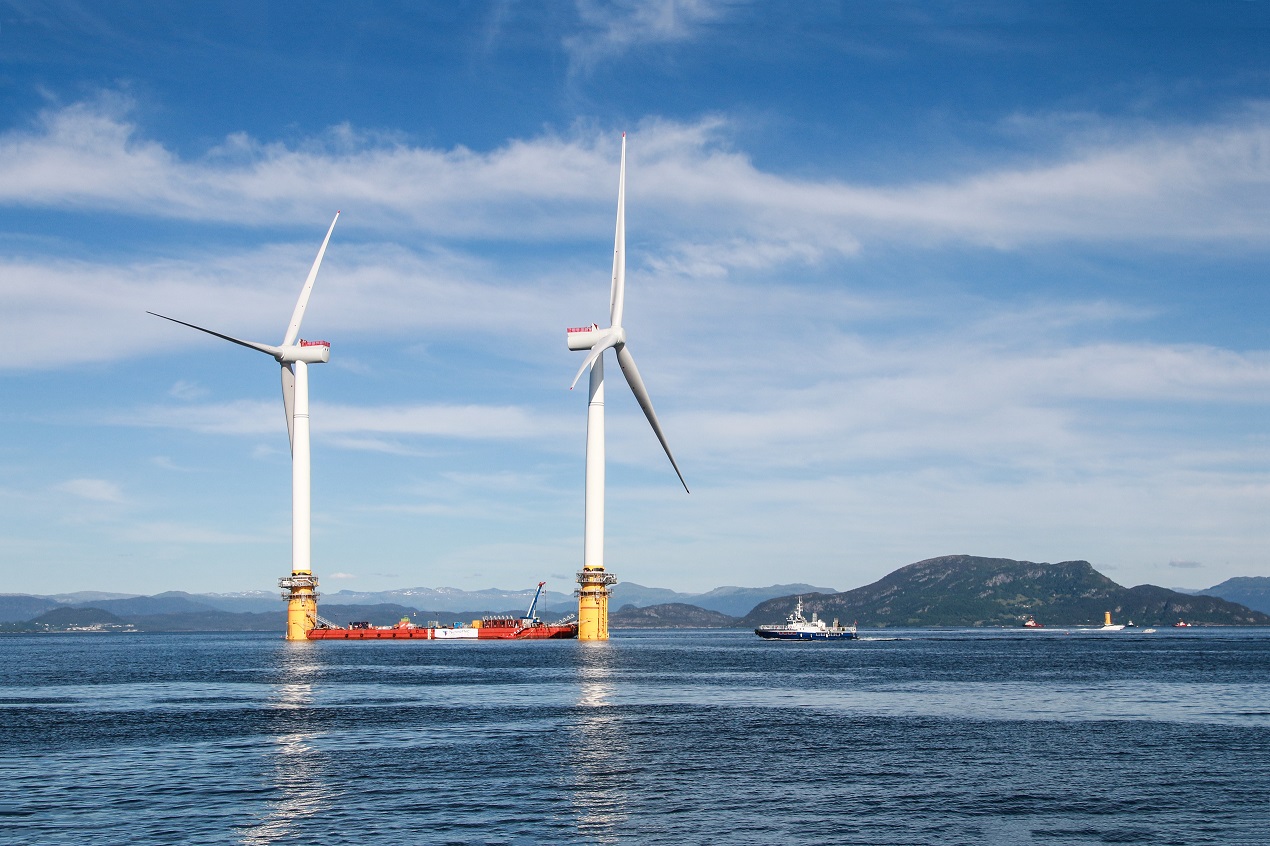UK government announces plans to shake-up infrastructure planning
Published on 28th September 2022
What might the government's recent announcements mean for the planning process for major infrastructure and decarbonisation goals?

On 23 September, the UK government published "The Growth Plan 2022" as part of its emergency fiscal event announced by the chancellor. The Growth Plan contains a number of measures that will affect the planning and environment landscape, and may also provide a boost for certain types of renewable energy generation and decarbonisation technologies.
Onshore wind
Currently an offshore wind farm can take four years to get through the planning process (although the most recent schemes have taken even longer) and no new substantive onshore wind farm has received planning consent since 2015.
In April, as part of its energy security strategy, the government promised to speed up determination times for offshore wind projects. In the Growth Plan the government has said it will relax restrictions on onshore wind, bringing the planning policy in line with other infrastructure to enable easier deployment in England. Notably this is likely to involve reversing the current pre-requisite for a wind scheme to evidence community support, and offering incentives such as reduced energy bills to those communities who accept new onshore wind projects.
Investment zones
The Growth Plan aims to bring about investment zones across the UK, to deliver growth and housing, by allowing relaxed planning requirements and "disapplying legacy EU red tape where appropriate".
Areas with investment zone status will benefit from tax incentives, planning liberalisation, and wider support for the local economy. The specific interventions in investment zones are said to include:
- Lower taxes – businesses in designated sites will benefit from time-limited tax incentives.
- Accelerated development – there will be designated development sites which will benefit from incentives to deliver growth and housing. Planning applications that are already in flight within these sites will be streamlined, and other measures specific to each site will be explored in order to unlock growth. Development sites may be co-located with, or separate to, tax sites, depending on what makes the most sense for the local economy.
- Wider support for local growth – for example, through greater control over local growth funding for areas with appropriate governance. Subject to demonstrating readiness, Mayoral Combined Authorities hosting investment zones will receive a single local growth settlement in the next Spending Review period.
Specified sites in England will additionally benefit from a range of time limited tax incentives over 10 years. The tax incentives under consideration include reliefs and allowances in relation to business rates, enhanced capital allowance and enhanced structures and buildings allowance.
Acceleration of priority infrastructure
According to the Growth Plan, the UK planning system is too slow and too fragmented. On some metrics, the system has also been deteriorating in recent years: the timespan for granting Development Consent Orders increased by 65% between 2012 and 2021.
The government attributes these delays in part to a "complex patchwork of environmental and regulatory rules, some of which are retained EU law". It states that it wants to reform and streamline these arrangements to promote growth while ensuring environmental outcomes are protected.
In order to gain investor confidence and encourage the growth of high quality infrastructure across the UK, the Growth Plan indicates that the government will introduce a new Planning and Infrastructure Bill to accelerate priority major infrastructure projects in England. It will do this by:
- minimising the burden of environmental assessments;
- making consultation requirements more proportionate;
- reforming habitats and species regulation; and
- enabling changes to be made to a development consent order once it has been submitted.
The plan also announces a non-exhaustive list of infrastructure projects that the government will prioritise for acceleration, across a number of sectors, including energy infrastructure. These projects will be "accelerated as fast as possible", with the intention being that construction will begin on these projects by the end of 2023. The list includes a number of low-carbon energy technologies including offshore wind, carbon capture and storage and hydrogen, as well as other forms of energy generation such as oil and gas and nuclear. Low-carbon transport is also recognised in the list, with the Local EV Infrastructure Fund and the Rapid Charging Fund are also both being identified as part of this priority list.
Osborne Clarke comment
The government's Growth Plan laid bare the government's intention to deregulate and streamline the planning process as it applies to a number of aspects of the built environment. As always with these "headline grabbing" initiatives, the devil will be in the detail of the subsequent primary legislation, regulations, and policy.
Many aspects of the plan have the potential to boost renewable energy generation and decarbonisation technologies in the UK, such as the identification of a number of these projects as priority infrastructure. The specific plans to bring consenting for onshore wind in line with other infrastructure projects will also be welcomed by many, not least as it is one of the cheapest forms of low carbon energy. Whether the intended infrastructure growth comes at the expense of reduced environmental protection will, however, be a point of real concern for many people; competing interests need to be balanced and given fair scrutiny to avoid the potential for challenges and further delays down the line.
While the plan does not appear to cover solar, the revised draft Energy National Policy Statements published in 2021 could provide the detail and policy support for large scale solar; and solar developers may hope that the absence of solar in the Growth Plan is nothing for them to fear. Prioritising the delivery of these National Policy Statements will, however, be one of the key methods to instil developer confidence.
The government's restatement of its commitment to meet its net zero targets in the growth plan is also to be welcomed, and has been followed by this week's launch of an independent review into how the UK’s path to net zero can also serve to maximise economic growth while increasing energy security and affordability. The outcome of that review, and the government's response to it, will no doubt set the tone for future net zero policy decisions, and will be watched closely by those operating in the decarbonisation sphere.
This Insight was prepared with the help of Niamh Osman, Trainee Solicitor





